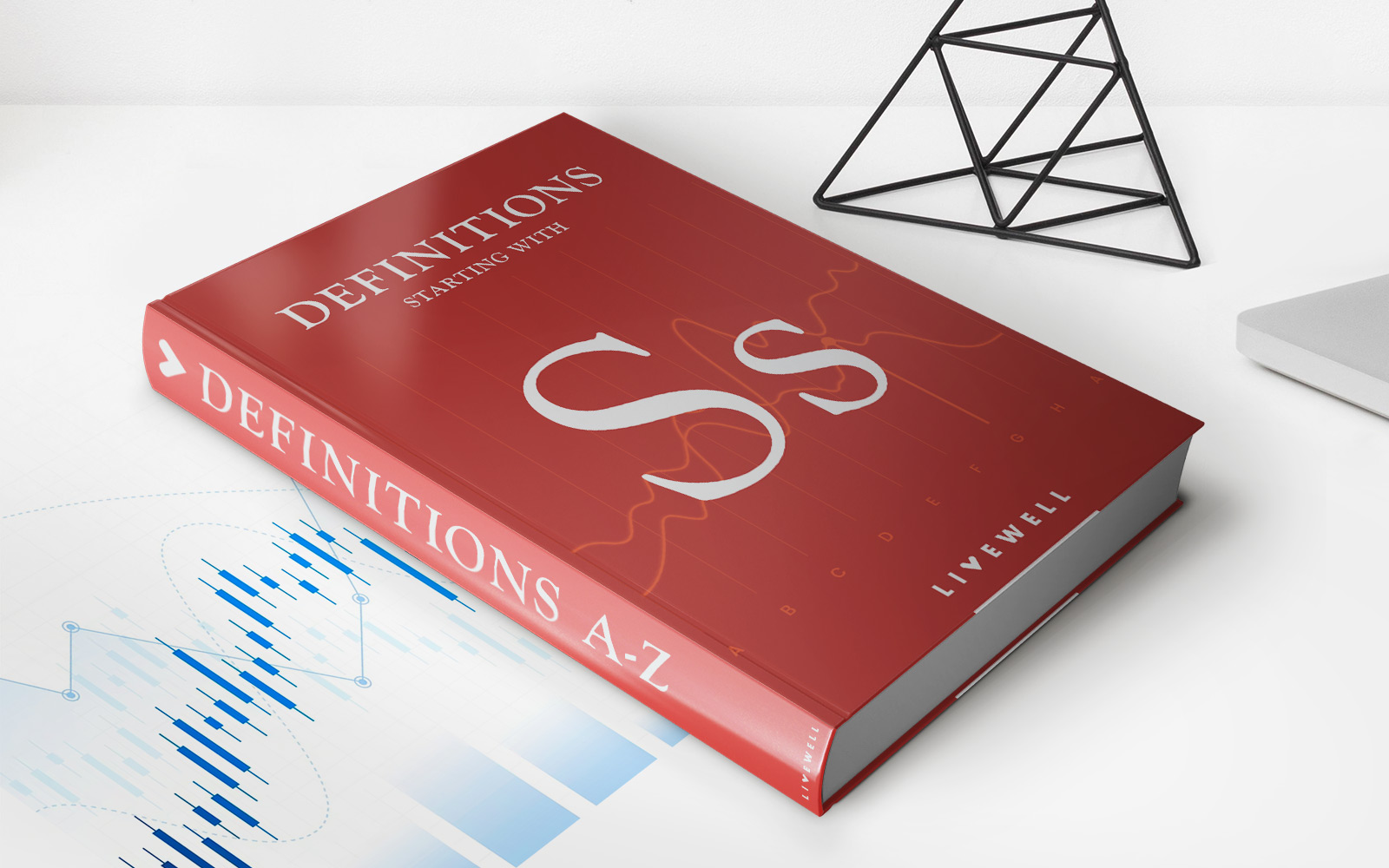Home>Finance>Close Position: Definition, How It Works In Trading, And Example


Finance
Close Position: Definition, How It Works In Trading, And Example
Published: October 28, 2023
Learn how to close a position in finance trading, including its definition and working process. Explore an example and enhance your trading knowledge.
(Many of the links in this article redirect to a specific reviewed product. Your purchase of these products through affiliate links helps to generate commission for LiveWell, at no extra cost. Learn more)
Understanding Close Position in Trading: Definition, How It Works, and Example
When it comes to trading in the financial markets, one essential concept to be familiar with is the close position. But what exactly does it mean to close a position? In this article, we will delve into the definition of close position, explore how it works in trading, and provide a practical example. So, let’s get started!
Key Takeaways:
- A close position refers to the action taken by a trader to terminate or exit their existing trade in the financial markets.
- By closing a position, a trader can realize their profit or loss, and free up capital for other trading opportunities.
Definition of Close Position
In simplest terms, closing a position in trading means to terminate or exit an existing trade. When a trader decides to close a position, they are essentially taking action to finalize their trade and exit the market. This action could be motivated by various factors, such as achieving a profit target, stop loss being triggered, or simply taking a position off the market for other strategic reasons.
It’s important to note that closing a position is the opposite action of opening a position. When a trader opens a position, they are initiating a trade by buying or selling a financial instrument. However, when they close the position, they are exiting the trade by either selling or buying back the financial instrument they previously acquired.
How Close Position Works in Trading
Now that we understand the definition of close position, let’s take a look at how it works in the context of trading:
- Profitability Assessment: Before closing a position, a trader assesses the profitability of the trade. They may do this by monitoring the movement of the financial instrument and evaluating whether they have achieved their desired profit or loss.
- Executing the Close: Once the trader decides to close their position, they need to take action to execute the trade. This involves submitting an order to sell or buy back the financial instrument, depending on the initial action taken to open the position.
- Realizing Profit or Loss: When the position is closed, the trader realizes their profit or loss. If the trade was profitable, the trader will have made a gain. Conversely, if the trade resulted in a loss, the trader would have incurred a loss.
- Freeing Up Capital: By closing a position, a trader also frees up capital that was previously tied to that trade. This capital can now be deployed for other trading opportunities, allowing the trader to diversify their portfolio and potentially increase profitability.
Example of Closing a Position
Let’s illustrate the concept of closing a position with an example:
Suppose a trader opens a long position in XYZ stock at $50 per share. They believe the stock price will increase and want to profit from this potential rise. After a few weeks, the stock price reaches $60 per share, and the trader decides to close their position to lock in their profits.
To close the position, the trader submits an order to sell the XYZ stock at the current market price of $60. Once the order is executed, the position is closed, and the trader realizes a profit of $10 per share.
By closing this position, the trader not only secures their profit but also puts the capital freed up by the trade to work in other trading opportunities, potentially maximizing their overall returns.
In conclusion, close position is a fundamental concept in trading that allows traders to exit their existing trades and realize their profit or loss. By understanding how it works and effectively managing positions, traders can make informed decisions, optimize their trading strategies, and increase their chances of success in the financial markets.














